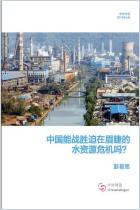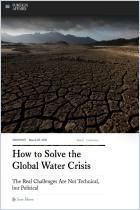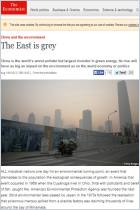
Article
Why Do Chinese Cities Flood So Much?
A Deep Dive into China’s Urban Drainage Problem
Wellestudio163,
2018
Read or listen offline
Amazon Kindle
auto-generated audio
1×
Log in to listen to the audio summary.
auto-generated audio
Recommendation
During the summer, heavy rain floods Chinese cities every year. Social media are awash with images and videos of streets turned into canals. Despite of governmental efforts to address the problem, it doesn’t seem to get better. In a well-researched piece, Wellestudio163 columnist Zhang Fan explores China’s dysfunctional urban planning policy and points out its failings. getAbstract recommends this in-depth read to anyone curious about China’s social issues and urbanization challenges.
Summary
About the Author
Zhang Fan is an op-ed columnist for the news collective Wellestudio163 which specializes in social commentary and trending cultural topics.
By the same author
Learners who read this summary also read
Article
Report
Book
Article






















Comment on this summary